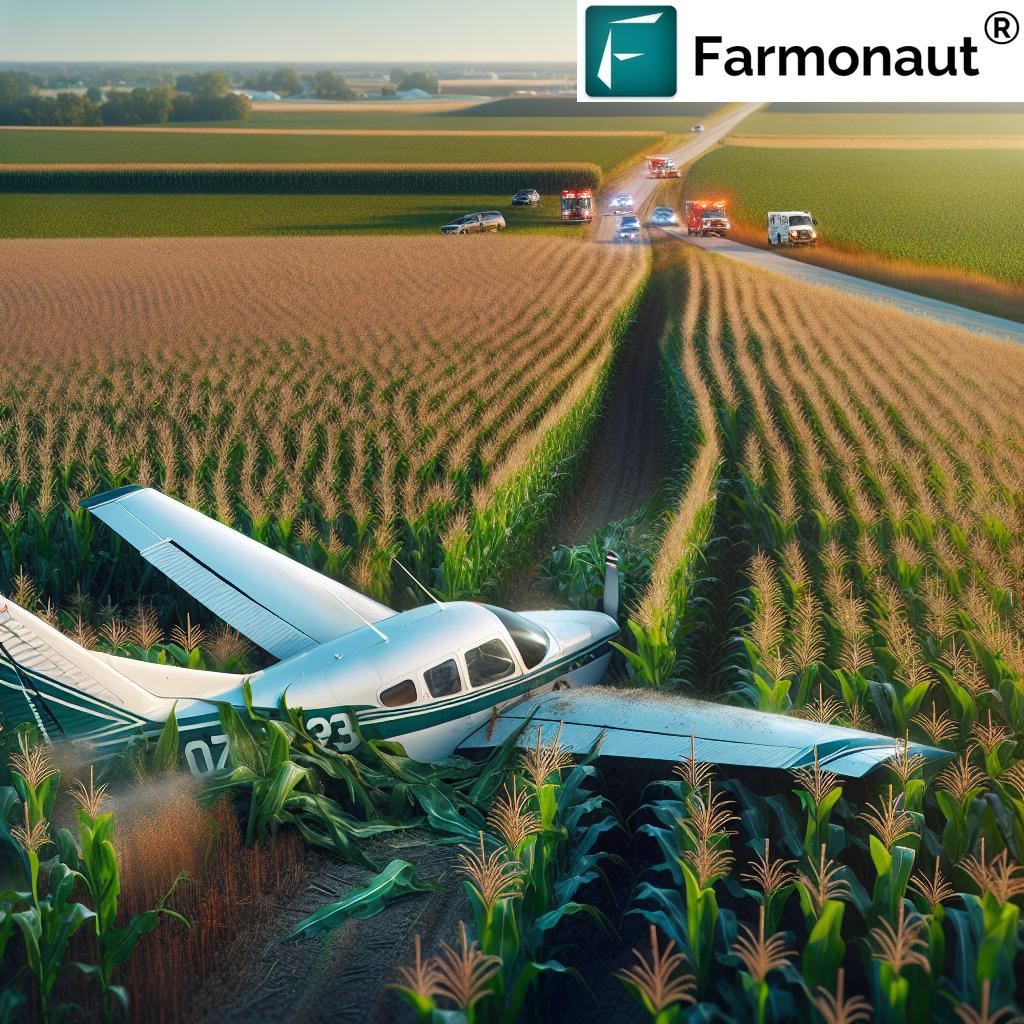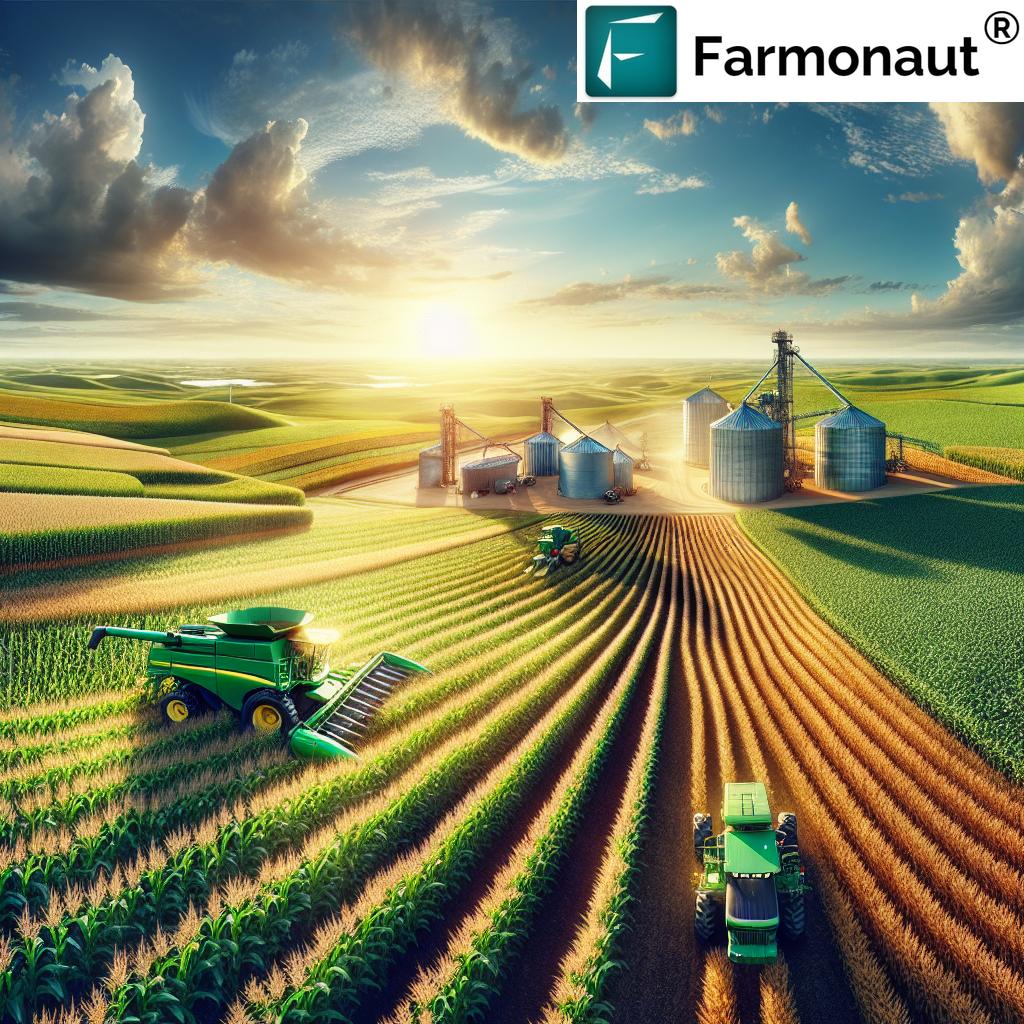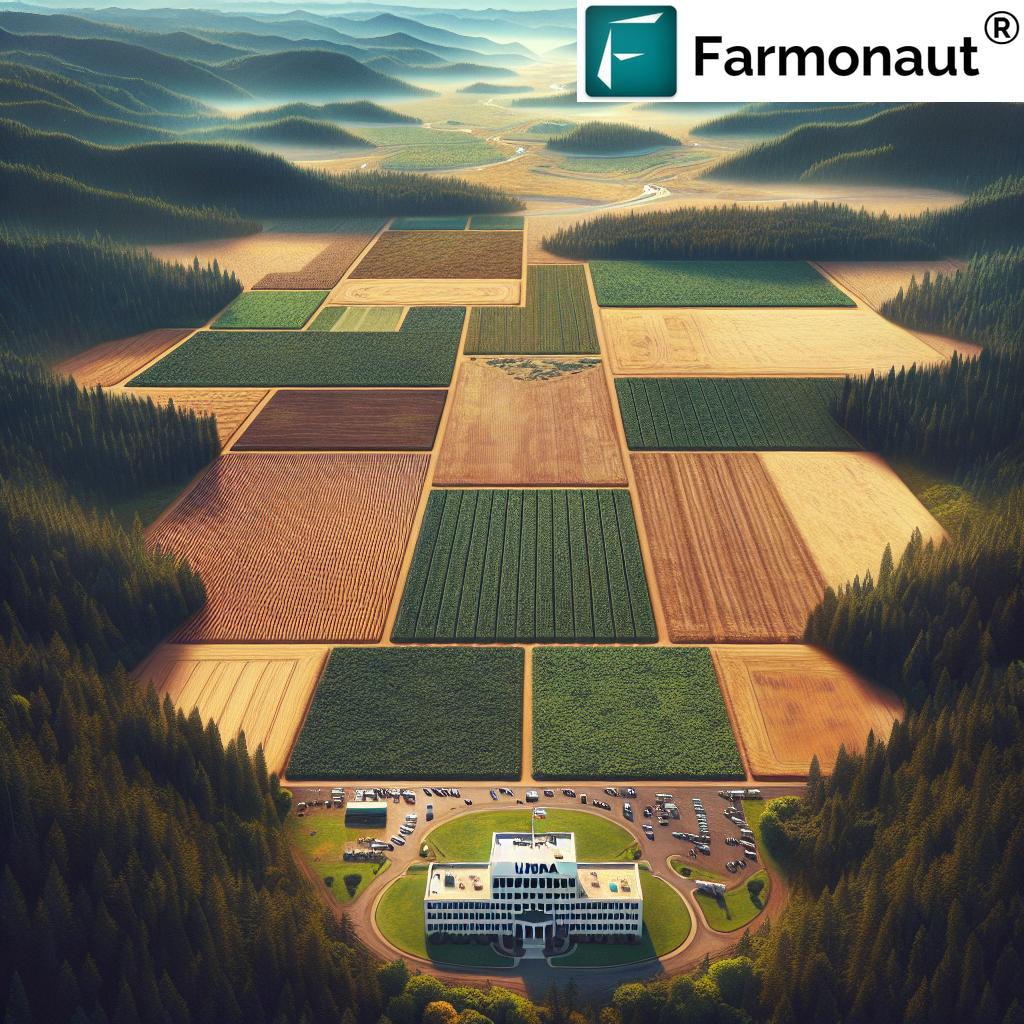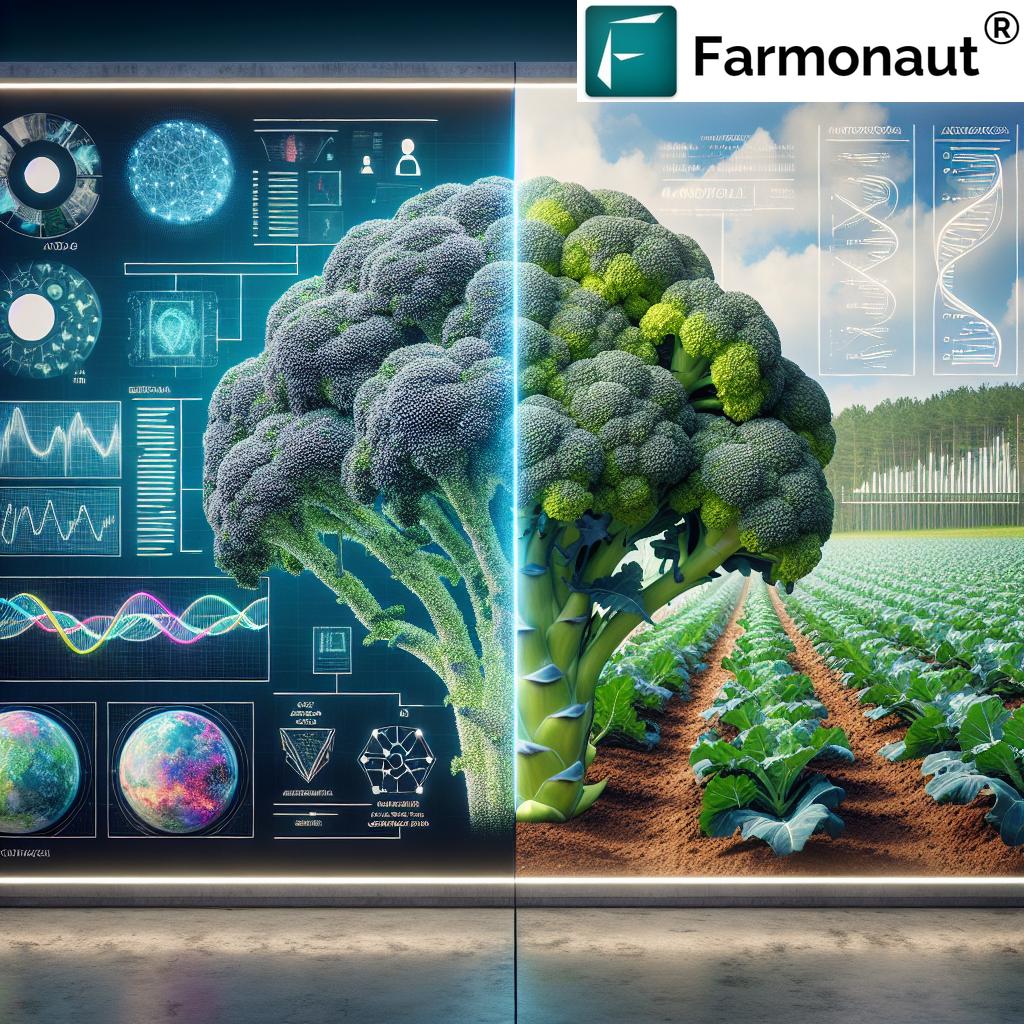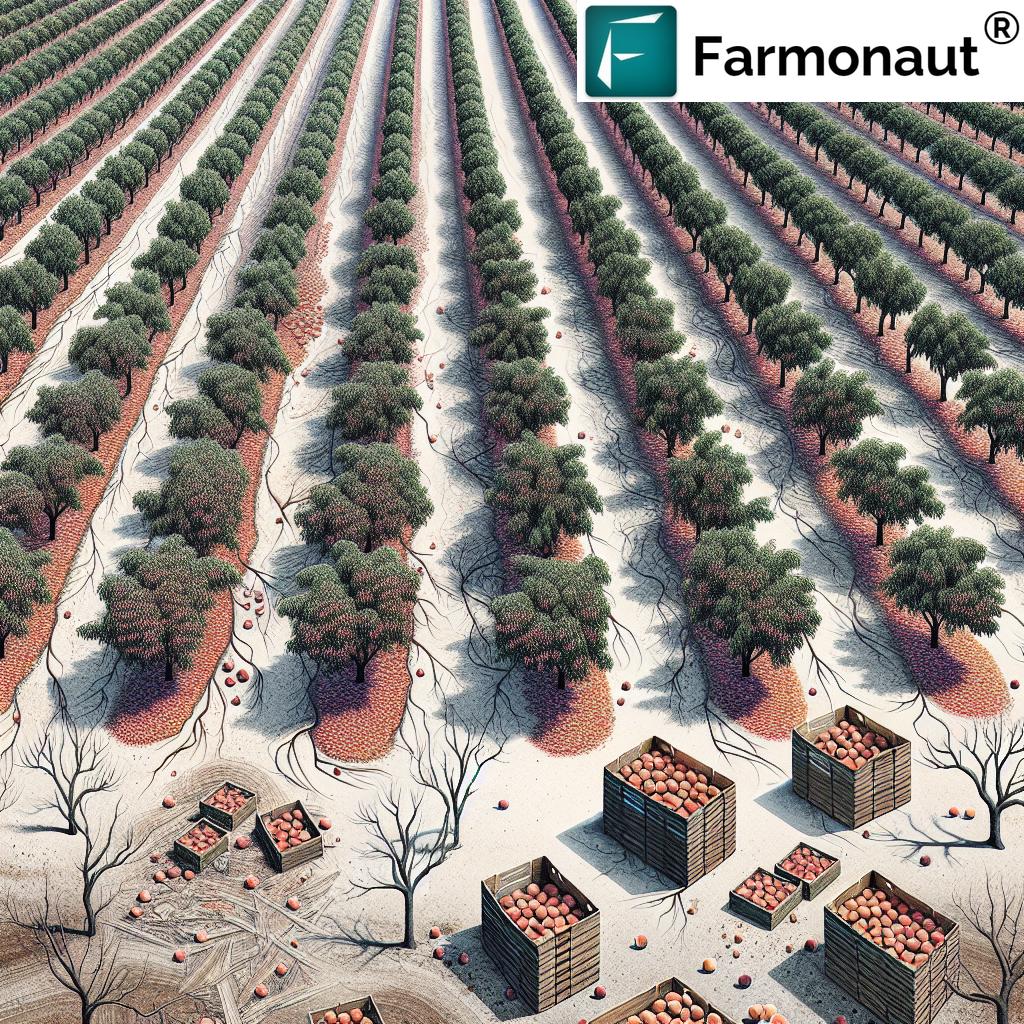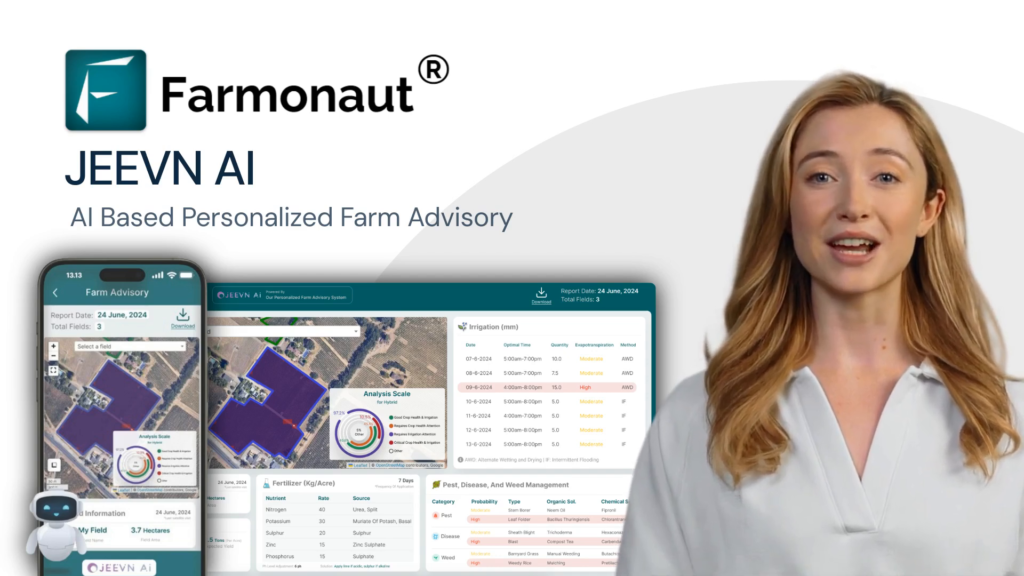Farming in Maryland: Shocking Secrets You Must Know!
“Maryland farms generate over $2.2 billion annually, with more than 12,000 farms covering 2 million acres statewide.”
Maryland’s agricultural sector is a cornerstone of our state’s economy and culture. From our earliest days in 1634, farming has not just shaped our landscape, but also the livelihoods, diets, and environmental policies of our communities. What makes Maryland agriculture especially compelling is its astonishing diversity—a blend of historic practices, advanced technology, and a growing commitment to sustainable agriculture Maryland and preservation.
In this detailed guide, we’ll uncover the shocking secrets of farming in Maryland, examining how our agricultural sector has diversified to include grains, livestock, aquaculture, organic farming, and innovative technologies. We’ll also explore how these sectors impact our state economy, the environment, and our everyday lives, while revealing the robust preservation systems and the high-tech support networks empowering Maryland’s farmers today.
Historical Overview of Maryland Agriculture
Understanding Maryland agriculture begins with our roots. In colonial times, tobacco was king. The Maryland landscape was dominated by tobacco plantations, which played a vital role in the state’s early export-oriented economy. Over time, as the nation expanded and trade policies shifted, our farmers began to diversify, introducing grains such as wheat, corn, and barley. This shift marked a new era of innovation and diversification that continues to define our agricultural community.
- 1634: Maryland founded, tobacco established as the main cash crop.
- 19th Century: Transition towards grains as the dominant crop for export and local use.
- Present: Expansion to dairy, livestock, horticulture, nurseries, vineyards, poultry, aquaculture, and organic farming.
This evolution set the stage for the diverse agricultural products we see today, reflecting the resilient and adaptive nature of Maryland’s farmers. Our agricultural heritage is still visible across farmland preserved for future generations, demonstrating a commitment to sustainability and cultural continuity.
Maryland’s Current Agricultural Landscape
In 2024, Maryland remains a force in American agriculture with roughly 12,600 farms spread across 2 million acres—an estimated 32% of our state’s total land area. With an average farm size of about 159 acres, Maryland’s farms are predominantly family-owned but increasingly benefit from high-tech management tools and eco-friendly farming practices.
- Market value of agricultural products: Nearly $3.4 billion (2022 data)
- Crops and Livestock: Major contributors to our economy
- Farm Landscape: Blend of urban-edge farms, rural expanses, and suburban greenhouses
The Maryland agricultural landscape is a rich mosaic—row crops standing beside vineyards, organic farms beside major poultry operations, and bustling aquaculture businesses sharing water resources with conservation areas. This balance is critical for the state’s ecological health and long-term viability.
For farm managers and agribusinesses seeking scalable solutions, Farmonaut’s Large Scale Farm Management platform provides comprehensive tools for monitoring and managing vast agricultural operations efficiently—leveraging satellite data and AI-based advisories for greater productivity.
Diversity of Maryland Agricultural Products
One of the “shocking secrets” of farming in Maryland lies in the extraordinary spectrum of Maryland agricultural products. Let’s explore the major categories:
Maryland Crops and Livestock: A Spectrum of Abundance
-
Crops:
- Wheat, corn, soybeans, and barley dominate as essential grains for both food and export.
- Other products include fruits (apples, peaches, grapes), vegetables (sweet corn, tomatoes, leafy greens), and nursery or greenhouse plants.
- Market Value (2022): Nearly $1.4 billion for crops, nursery, and greenhouse products.
-
Livestock and Poultry:
- Beef cattle, hogs, poultry, and dairy cows are the mainstay, producing milk, eggs, chicken, beef, pork, and more.
- Major contributor to our state economy and a vital segment for rural livelihoods.
- Market Value (2022): Over $1.9 billion for livestock, poultry, and their products.
-
Aquaculture:
- A growing sector that produces finfish and shellfish: hybrid striped bass, tilapia, catfish, yellow perch, eels, trout, oysters, and crabs.
- The Maryland aquaculture industry supports 85 farms (2022) with an annual market value of $15 million.
-
Organic Farming in Maryland:
- The state supports a rapidly growing organic movement, with 106 certified organic farms as of 2022.
- Annual sales reached $51.2 million, including organic dairy, grains, fruits, vegetables, and livestock products.
-
Maryland Nursery and Horticulture:
- Includes nurseries, greenhouses, landscape plants, and vibrant horticultural products.
- Key to beautifying our suburbs and cities and supporting pollinators.
This astonishing diversity is what positions Maryland agriculture at the forefront of innovation and sustainability in the eastern United States.
“Over 40% of Maryland’s farmland is preserved for future generations, supporting sustainable agriculture and environmental health.”
Economic Impact of Farming in Maryland
Despite Maryland’s relatively small land area compared to larger agricultural states, our farming economy is both mighty and resilient. Agriculture not only provides food and jobs but also underpins sectors as diverse as tourism and advanced technology.
- Gross cash income (2023): $2.9 billion
- Net farm income: Over $644 million
- Agritourism: Over 161 farms support this industry, drawing more than $162 million into the economy and supporting 1,000+ jobs
- Commodity receipts: Consistently high for grains, poultry, livestock, and nursery products
Our agricultural products are widely exported within the nation, contributing to both Maryland’s and the broader U.S. economy. The state is particularly noted for its sustainable small-to-midsize farms and the fleet of family-run agricultural businesses that adapt rapidly to market trends.
To enhance transparency and trust in agricultural supply chains, Farmonaut’s Traceability service leverages blockchain technology. This enables secure, blockchain-based traceability for Maryland’s agri-products—offering consumers and businesses greater insight into the journey from farm to table.
Sustainability & Farmland Preservation Efforts in Maryland
A less-known “shocking secret” is the sheer scale of farmland preservation and ecological stewardship in Maryland. Our communities are deeply committed to sustainable agriculture Maryland—and this is reflected in the following impressive efforts:
Maryland Farmland Preservation: A Model for the Nation
- The Maryland Agricultural Land Preservation Foundation (MALPF) has already preserved over 894,000 acres—more than 40% of all farmland—with a goal of 1,030,000 acres by 2030.
- This is critical to combating urban sprawl, supporting farm viability, protecting wildlife habitats, and ensuring food security for future generations.
- Preserved lands foster sustainable agriculture, enhancing biodiversity and environmental health.
Climate Change Adaptation & Environmental Challenges
- Rising temperatures, erratic precipitation, flooding, and droughts are increasingly impacting Maryland’s crops, livestock, and soil health.
- Saltwater intrusion: Over 50,000 forest acres affected, making large tracts too saline for traditional agriculture.
- Maryland’s farmers are pioneering adaptation strategies, including climate-resilient crop varieties, improved water management, and soil restoration approaches.
Key Sustainability Practices on Maryland Farms
- Crop rotation for soil health and pest management
- No-till and low-till farming to reduce erosion and increase carbon sequestration
- Integrated Pest Management (IPM) for lower chemical inputs and healthier ecosystems
- Adopting organic and regenerative agricultural models
- Riparian buffers and wetland restoration to protect waterways
- Utilization of satellite and data-driven tools to optimize resources—illustrating the power of innovation in sustainable practices
Measuring and reducing the environmental impact of Maryland’s farms is possible with Farmonaut’s Carbon Footprinting solution. This platform tracks real-time farm emissions, helping farm owners decrease their carbon footprint and align with evolving sustainability standards.
Innovative and Sustainable Farming Practices in Maryland
One of the most exciting transformations in Maryland agriculture is the rise of innovative farming practices across the state. Let’s delve into some paradigms shaping the future:
- Precision Agriculture: Farmers increasingly leverage precision tools—like the Farmonaut platform—to monitor crop health via satellite, manage soil nutrients, and optimize irrigation, minimizing waste.
- AI-Driven Advisory: Personalized recommendations, delivered in real time, help us adapt to weather changes and potential pest outbreaks, boosting farm productivity and safety.
- Blockchain & Traceability: Advanced blockchain tools ensure total transparency across the Maryland supply chain—meaning everyone from growers to consumers can verify food origins.
- Resource & Fleet Management: Efficient use of machinery reduces fuel costs, limits emissions, and ensures our farms remain compliant with environmental standards.
- Water Conservation: Precision irrigation and improved drainage prevent both drought-related losses and flood damage.
- Organic Certification: Increasingly, farms are pursuing certified organic status, adopting methods like composting, cover cropping, and pest exclusion.
- Community Involvement: Urban and peri-urban farms emphasize local food security, school programs, and agritourism—ensuring that Maryland’s agricultural culture remains at the heart of our communities.
Reduce your operational costs on Maryland farms with Farmonaut’s Fleet Management tools, which enable optimal deployment, tracking, and safety of all agricultural vehicles and machinery.
Precision Farming & Farmonaut: Transforming Maryland Agriculture
Today, data and technology are revolutionizing every row of Maryland’s fields. We stand at the frontier of precision agriculture, an approach that combines traditional cultivation practices with cutting-edge tech. Here’s where Farmonaut stands out:
- Satellite-Based Crop Health Monitoring: Farmonaut gathers multispectral satellite imagery to assess field health (NDVI), soil moisture, disease indicators, and more, giving us decision-making power at our fingertips.
- AI-Driven Jeevn Advisory System: Receive personalized insights, weather updates, and specific advisory services to fine-tune crop management and respond quickly to emerging risks.
- Blockchain-Based Traceability: Record the entire journey of agricultural products, ensuring food security, reducing fraud, and building consumer confidence throughout the state and beyond.
- Fleet & Resource Management: Track machinery, optimize fieldwork logistics, manage fuel, and reduce unnecessary expenses with Farmonaut’s digital tools.
- Carbon Footprinting: Analyze and reduce our environmental impact using real-time emissions tracking—strengthening Maryland’s position as an advocate of sustainable agriculture.
This suite of tools transforms how we manage Maryland crops and livestock, supporting high yields, responsible resource use, and effective risk management. Whether managing a few acres or thousands, these innovations are now accessible via Android, iOS, Web, and API platforms.
Secure farm financing effortlessly with Farmonaut’s Crop Loan & Insurance Verification service, offering banks and farmers satellite-powered verification for faster approvals and reduced risks.
Interested in integrating satellite data directly into your own farm management solutions? Explore Farmonaut’s open API and read the Developer Documentation for seamless, scalable farm data integration across Maryland.
Support & Resources for Maryland Farmers
Success in Maryland agriculture is built on a strong network of farmers, educators, organizations, and tech innovators committed to sustainable success.
-
University of Maryland College of Agriculture and Natural Resources:
Founded in 1856, this flagship institution is a hub for research, education, and outreach, offering degrees, extension services, and key data for Maryland’s farm community. -
Maryland FarmLINK:
Whether you’re buying/selling farmland, seeking mentorship, or accessing continuing education, this statewide network streamlines farmer-to-farmer support. -
Maryland Organic Food & Farming Association (MOFFA):
Supporting ecological and organic agriculture through advocacy, field days, and workshops, MOFFA is driving innovation across Maryland’s farming culture. -
Government Grants & Resources:
State grants encourage innovation, sustainability, and adaptation, while also supporting the next generation of Maryland farmers via financial incentives and training. -
Technological Solutions:
As precision ag platforms like Farmonaut become mainstream, more Maryland farmers are able to access affordable, real-time data on crop health, soil, and weather—boosting yields and resilience.
Maryland Agriculture Overview Table
| Agricultural Sector | Estimated Annual Value (USD Million) | Estimated Acreage (Acres) | Key Sustainability Practices | Preservation Efforts |
|---|---|---|---|---|
| Grains (Wheat, Corn, Soybeans, Barley) | $600+ | ~700,000 | Crop rotation, no-till farming, cover cropping | Widespread soil health initiatives, farmland preservation programs |
| Vegetables & Fruits | $200+ | ~65,000 | Integrated pest management, organic practices | Agroforestry promotion, pollinator habitat restoration |
| Livestock & Poultry | $1,900+ | ~500,000 | Rotational grazing, feed efficiency, manure management | Nutrient management plans, buffer zones |
| Aquaculture (Finfish/Shellfish) | $15 | N/A (85 farms) | Sustainable water management, habitat restoration | Oyster reef restoration, regulated harvest |
| Organic Farming | $51.2 | Varies (106 farms) | Composting, avoidance of synthetic chemicals, biodiversity promotion | Certification programs, support for conversion to organic |
| Nursery & Horticulture | $300+ | ~25,000 | Water-efficient irrigation, integrated pest management | Partnerships for urban and suburban greening |
Frequently Asked Questions (FAQ) on Maryland Agriculture
-
What are Maryland’s top agricultural products?
- Grains (corn, wheat, soybeans), poultry, dairy products, fruits, vegetables, and nursery/greenhouse crops.
-
How much of Maryland’s farmland is preserved?
- Over 40% (more than 894,000 acres) is permanently protected from development, ensuring sustainable farming and open space for future generations.
-
What does Maryland’s aquaculture industry produce?
- Hybrid striped bass, tilapia, catfish, yellow perch, eels, trout, oysters, soft crabs, and more, contributing $15 million annually.
-
How is technology improving Maryland agriculture?
- Tech like Farmonaut’s satellite-powered crop health monitoring and AI advisories are empowering us to optimize yields, reduce waste, and enhance sustainability across the state.
-
What support is available for organic farming in Maryland?
- There are educational programs, grants, and certifying bodies such as MOFFA that help farms transition to and maintain organic status.
- Can I access farm management data on mobile devices?
-
How can I mitigate climate change effects on my Maryland farm?
- Utilize climate-smart practices: crop rotation, precision irrigation, carbon tracking using Farmonaut, and seek expert local extension advice.
-
Where can I learn more about Maryland farm laws and land leases?
- Visit Maryland FarmLINK for farmland listings and educational resources.
Conclusion: The Future of Maryland Farming
Farming in Maryland is a tapestry of history, ecological stewardship, and cutting-edge innovation. With a vibrant mix of grains, livestock, aquaculture, organic and sustainable farms, our state models adaptability and inclusivity in American agriculture. Preservation efforts are ensuring our open spaces and food resources remain secure for generations to come.
As technology like Farmonaut brings precision farming to every field, from the rolling hills of the Piedmont to the Eastern Shore’s aquafarms, our ability to balance sustainability, resilience, and profitability has never been greater. Let’s continue to support our farmers, protect our lands, and celebrate the culture that makes Maryland’s agriculture truly unique.
For a smarter, more sustainable farm future, explore precision agriculture and real-time advisory tools—resources like Farmonaut are ready to support Maryland’s agricultural community at every step.






